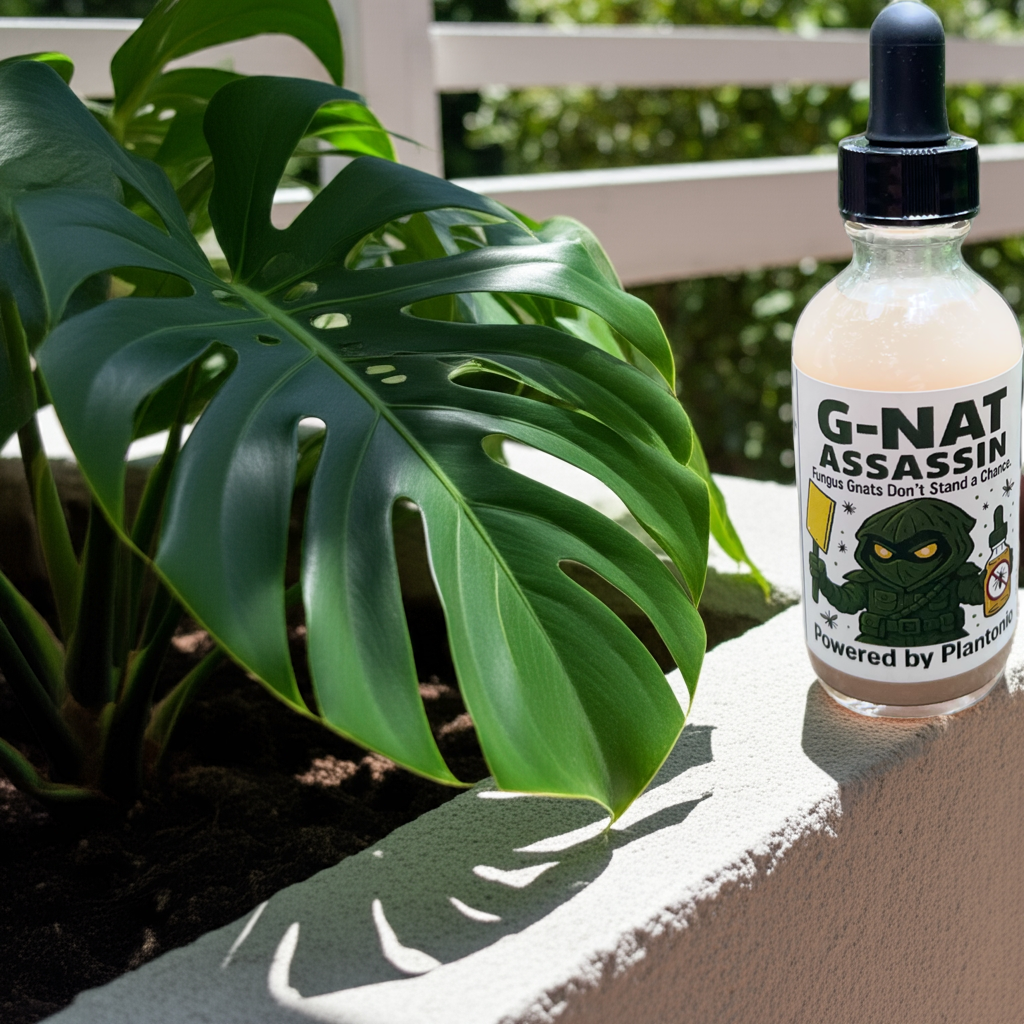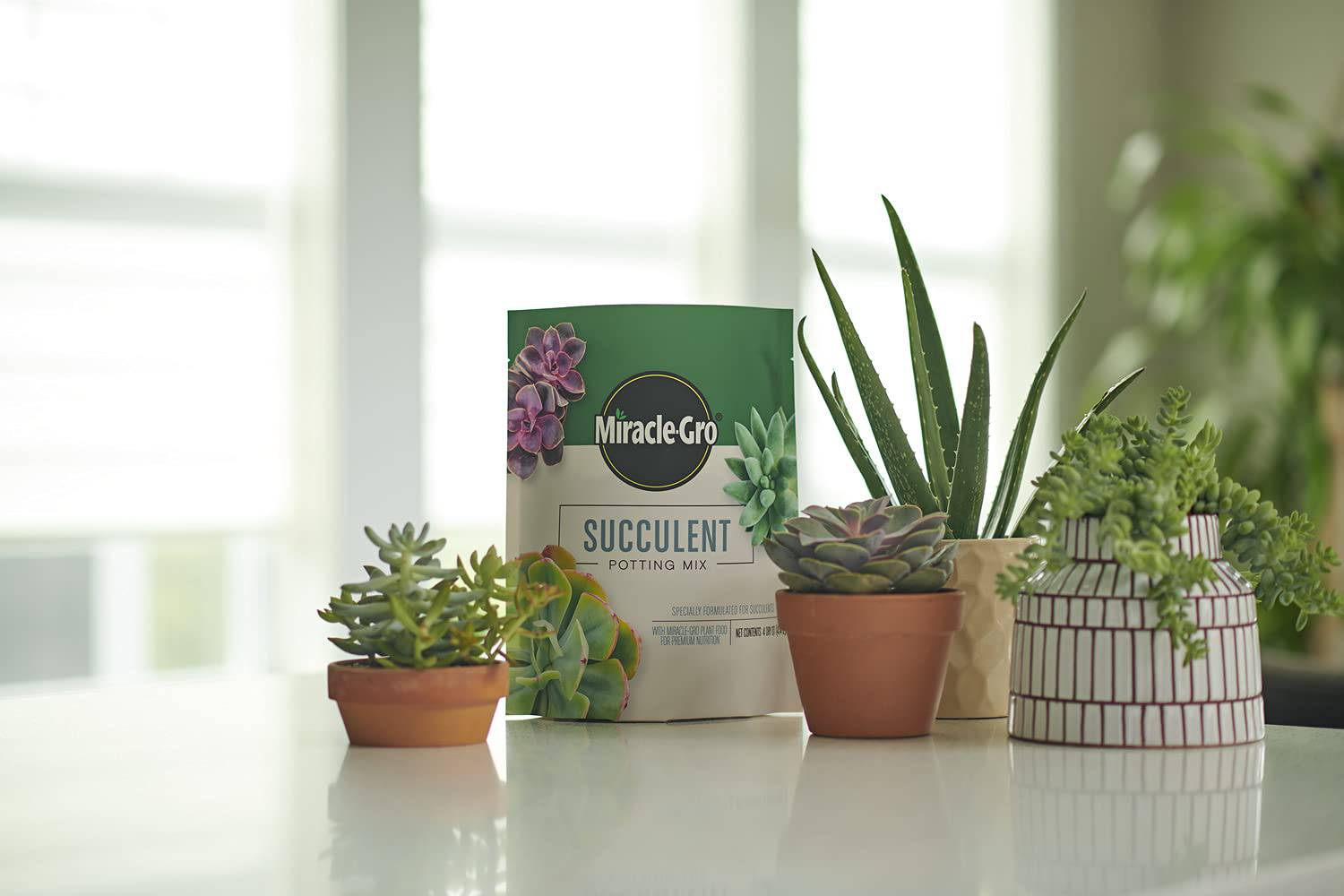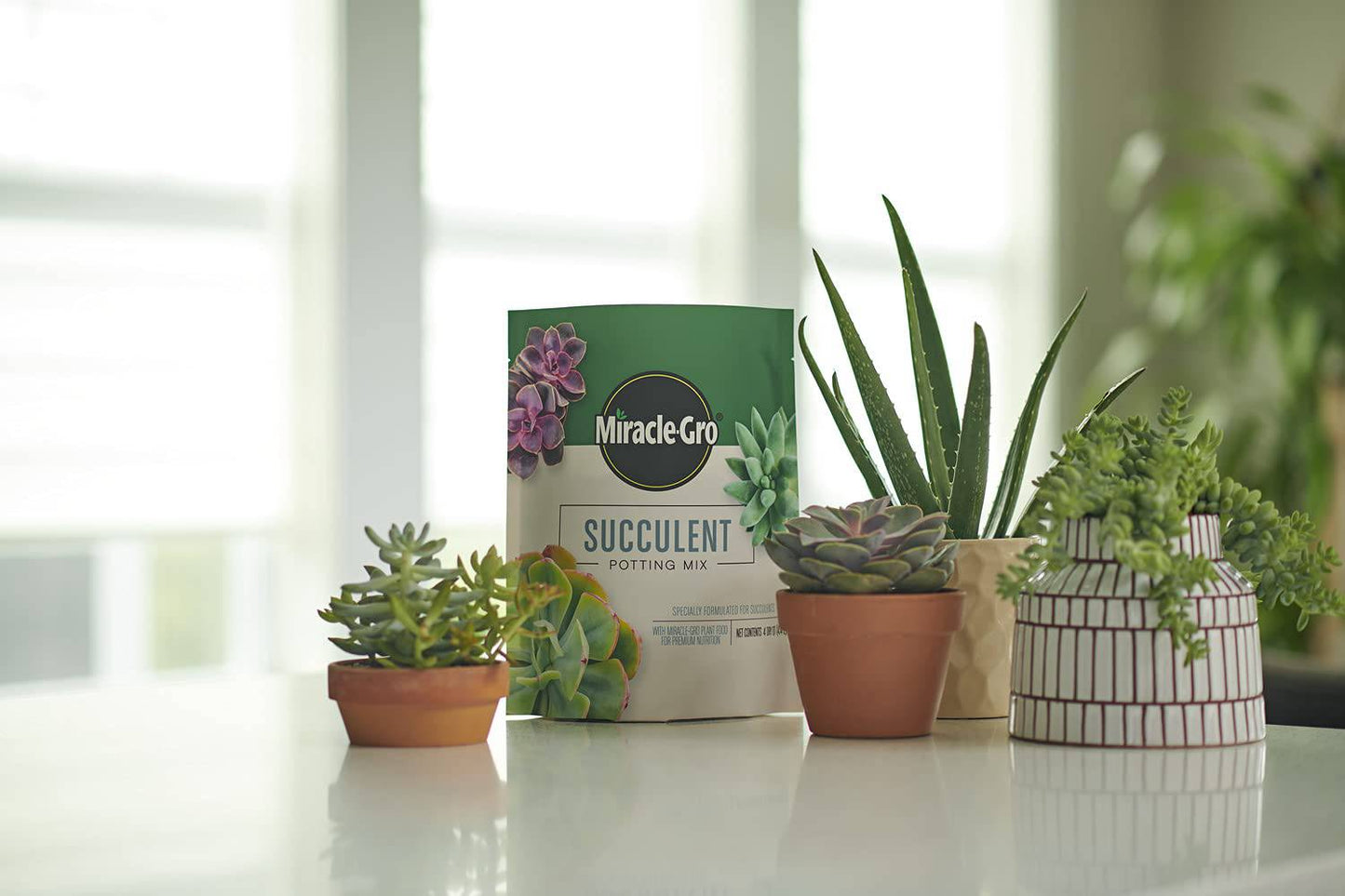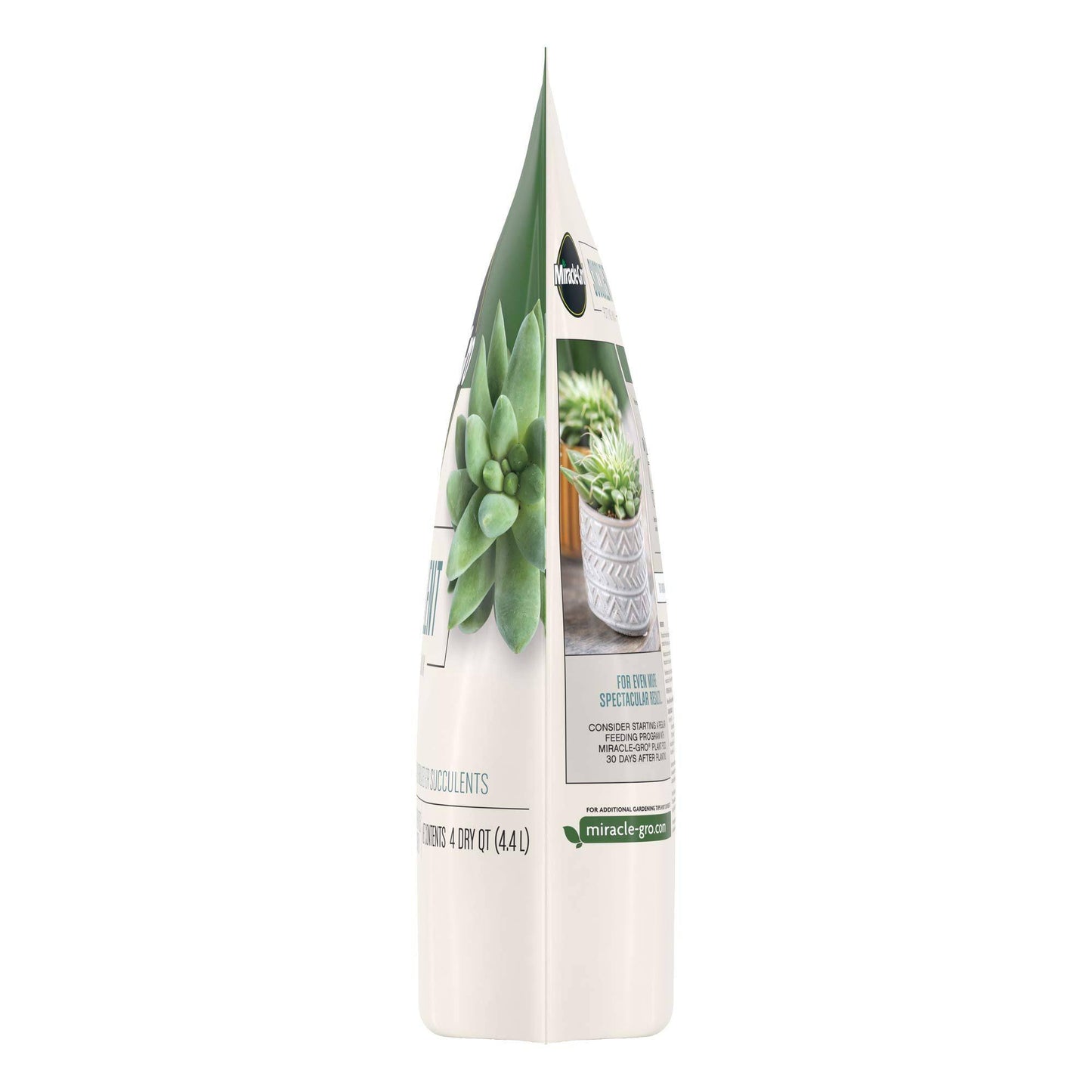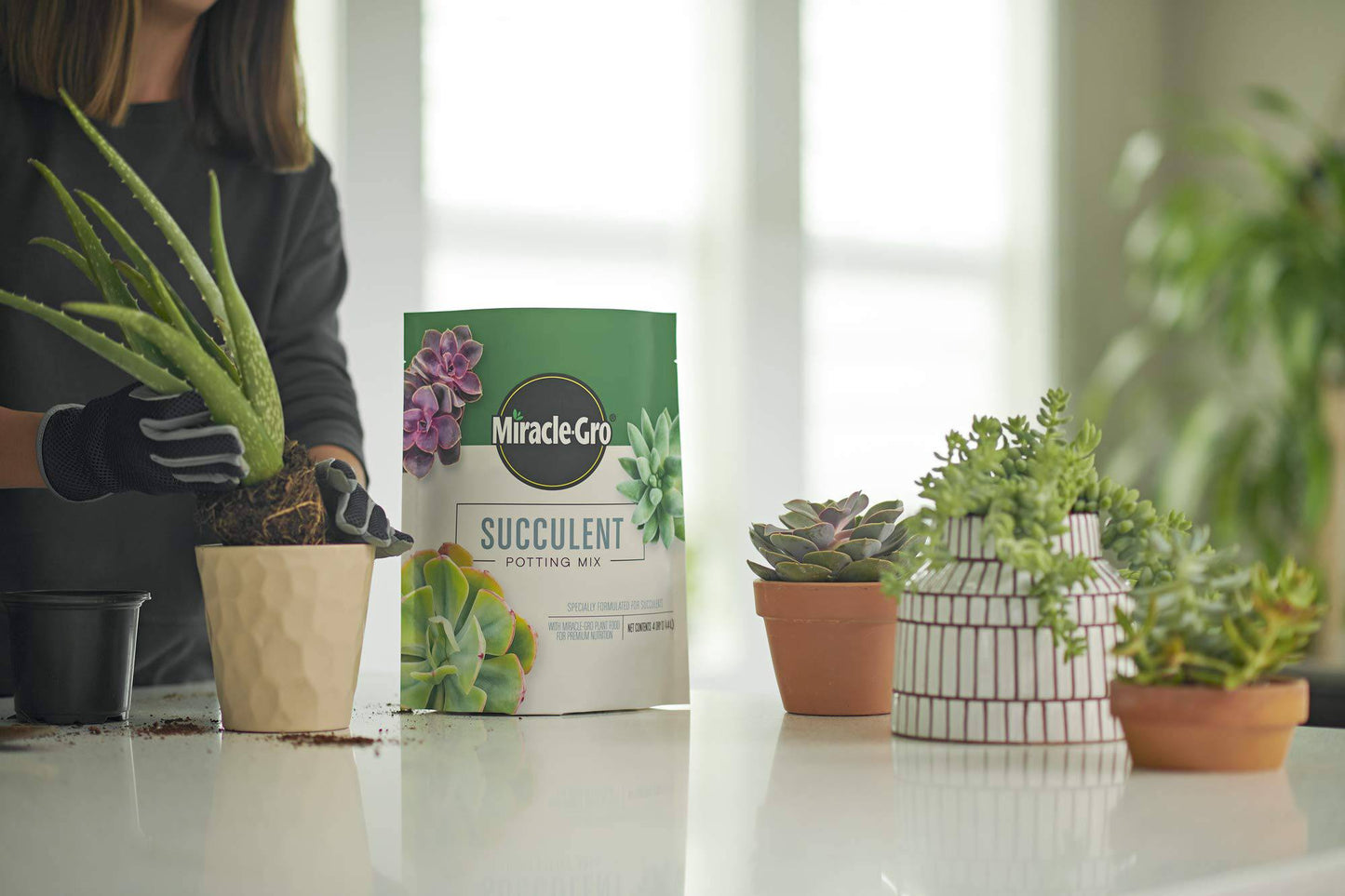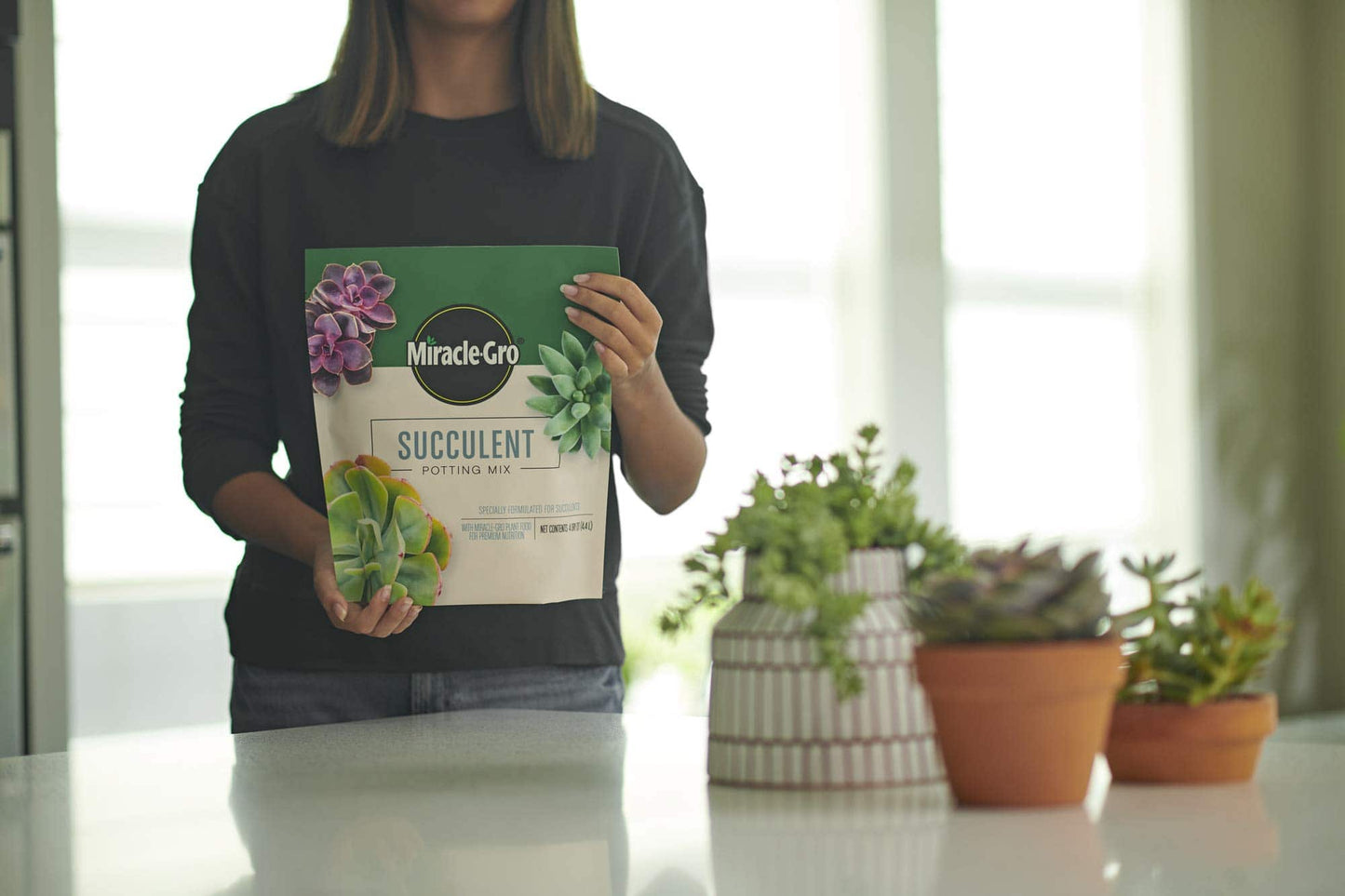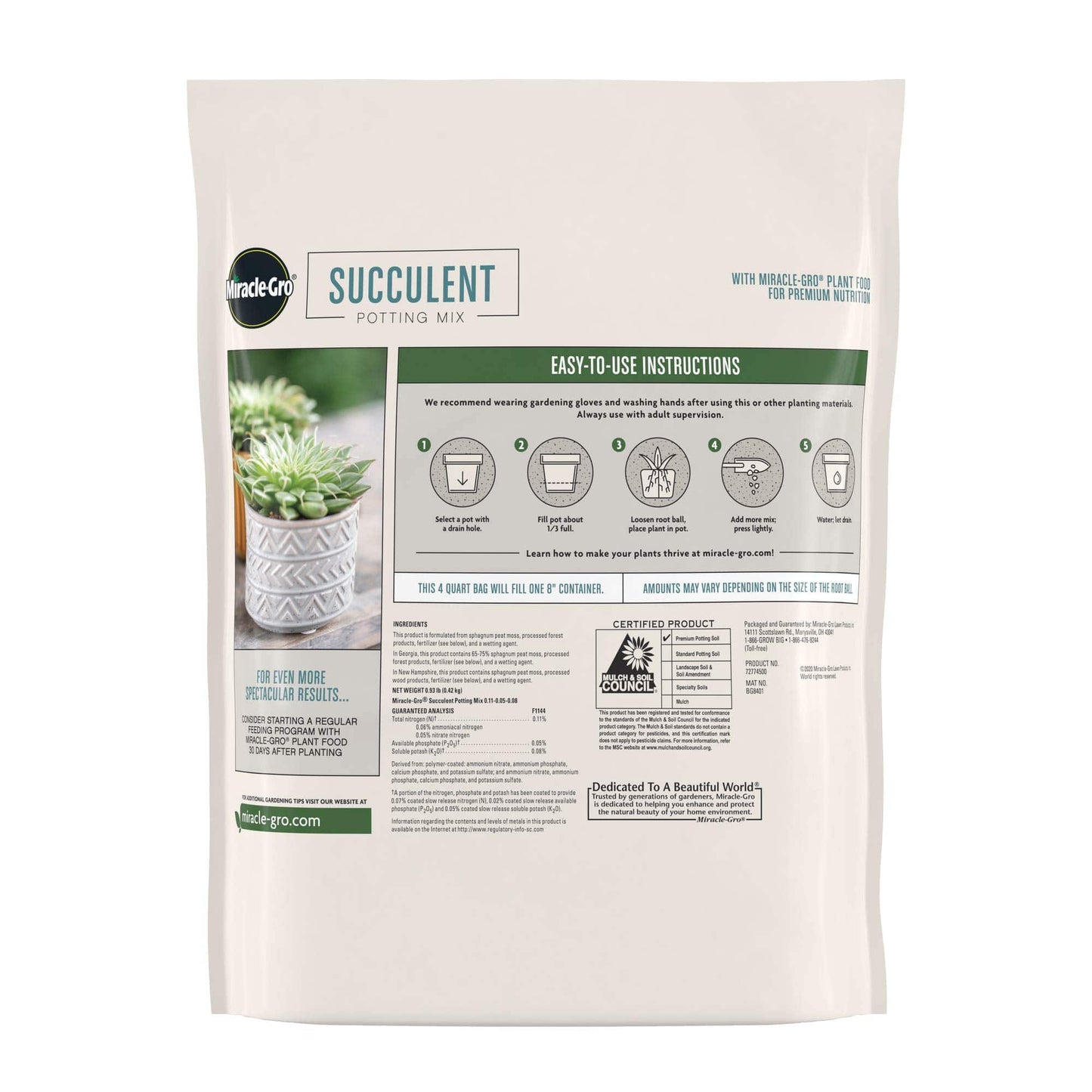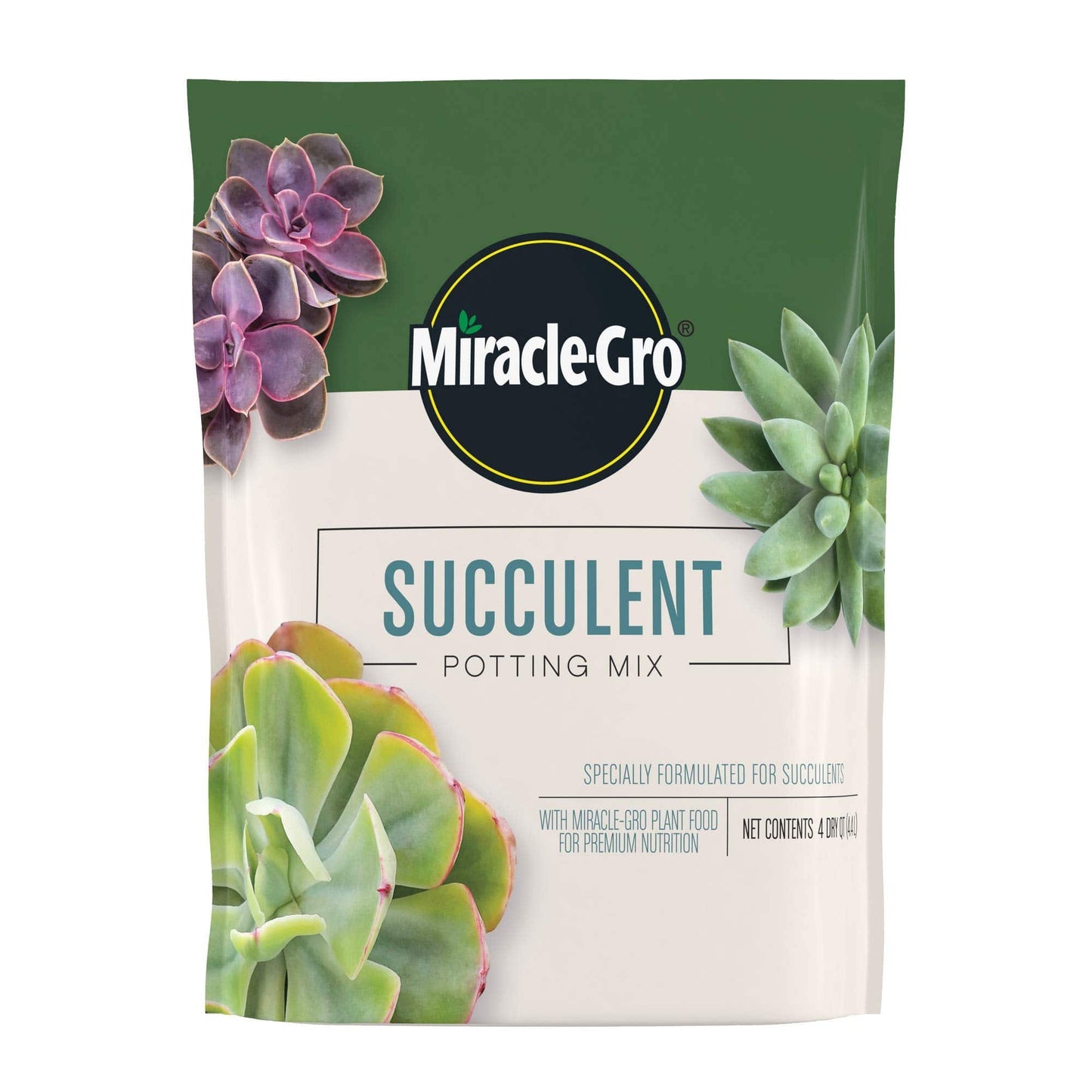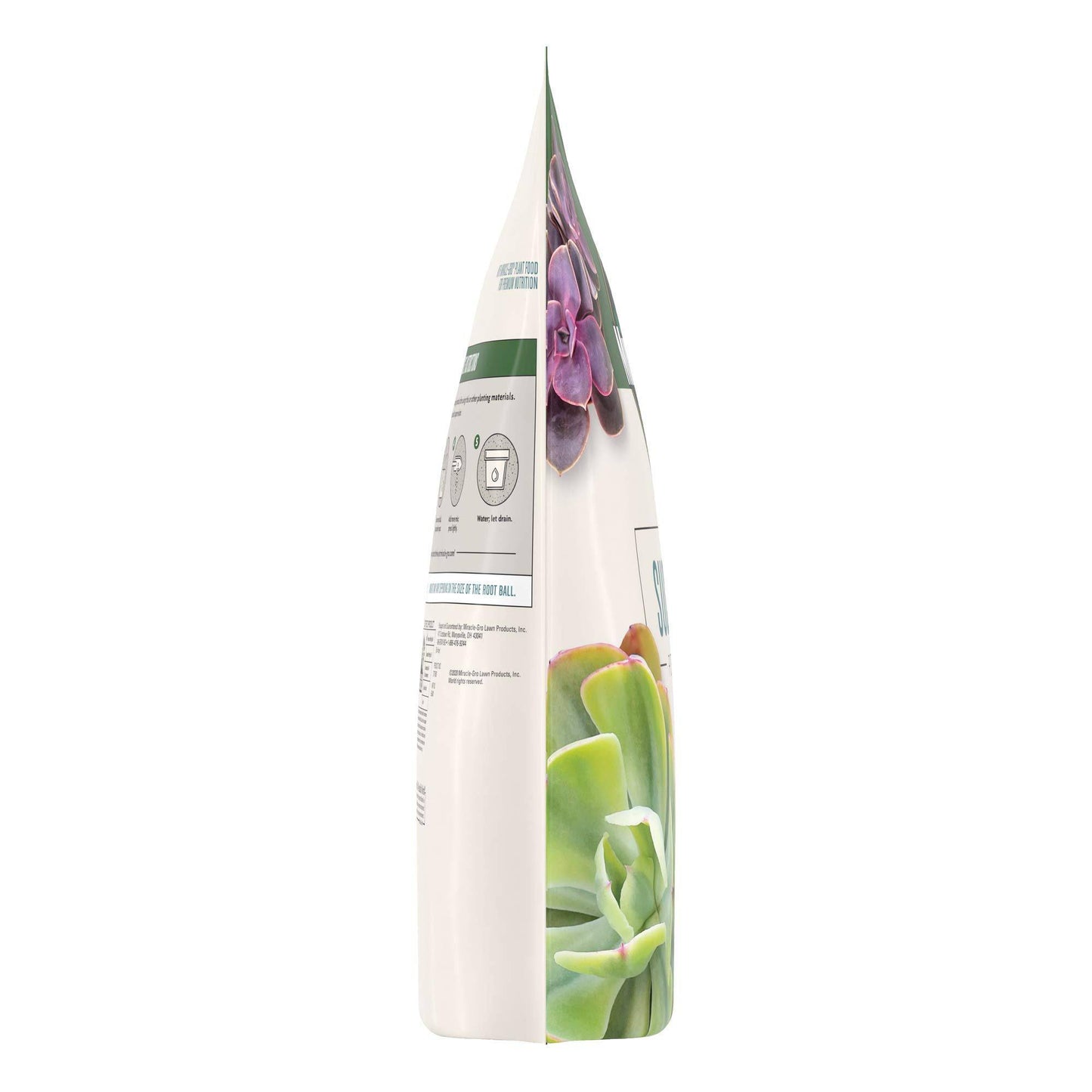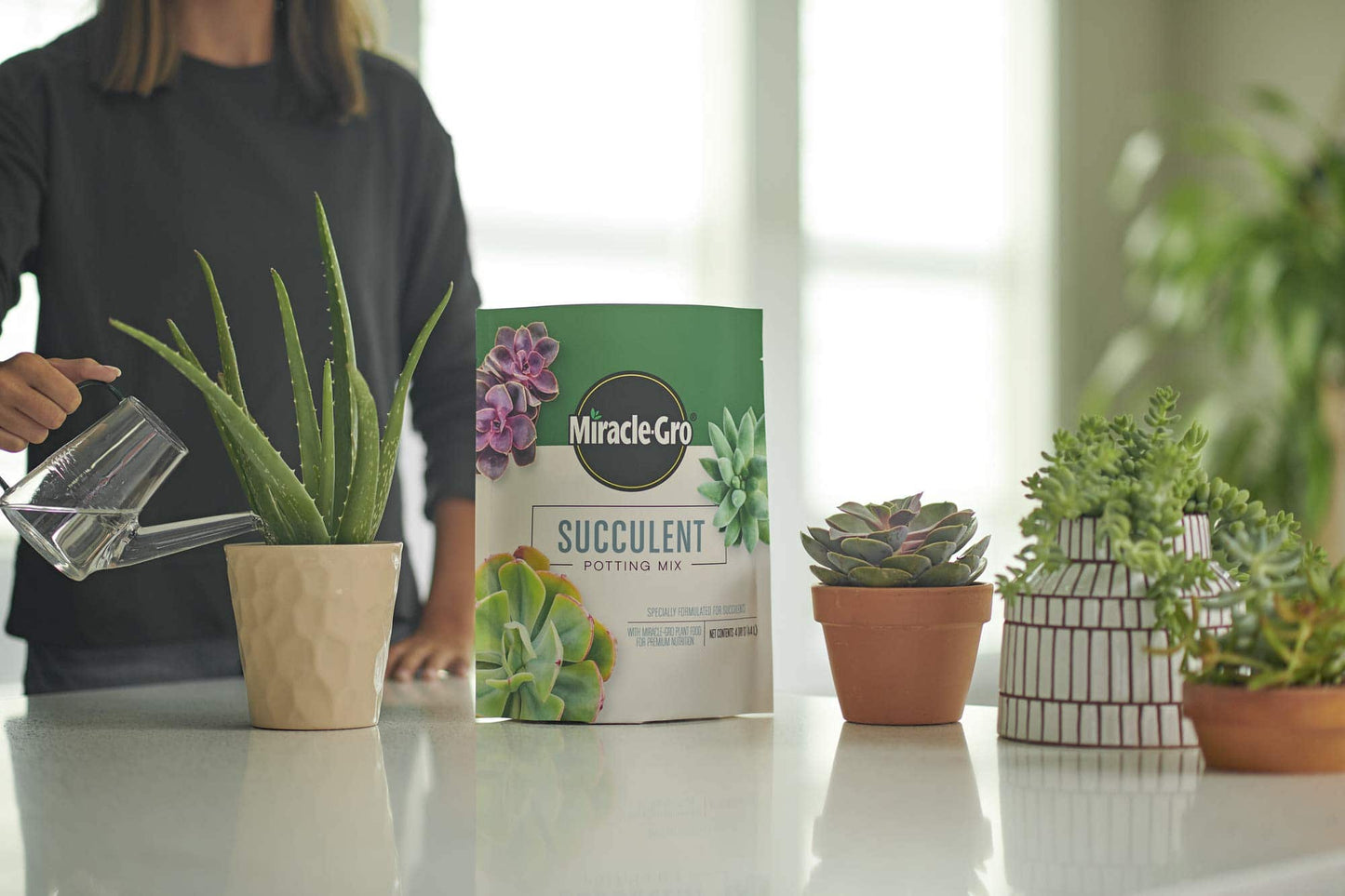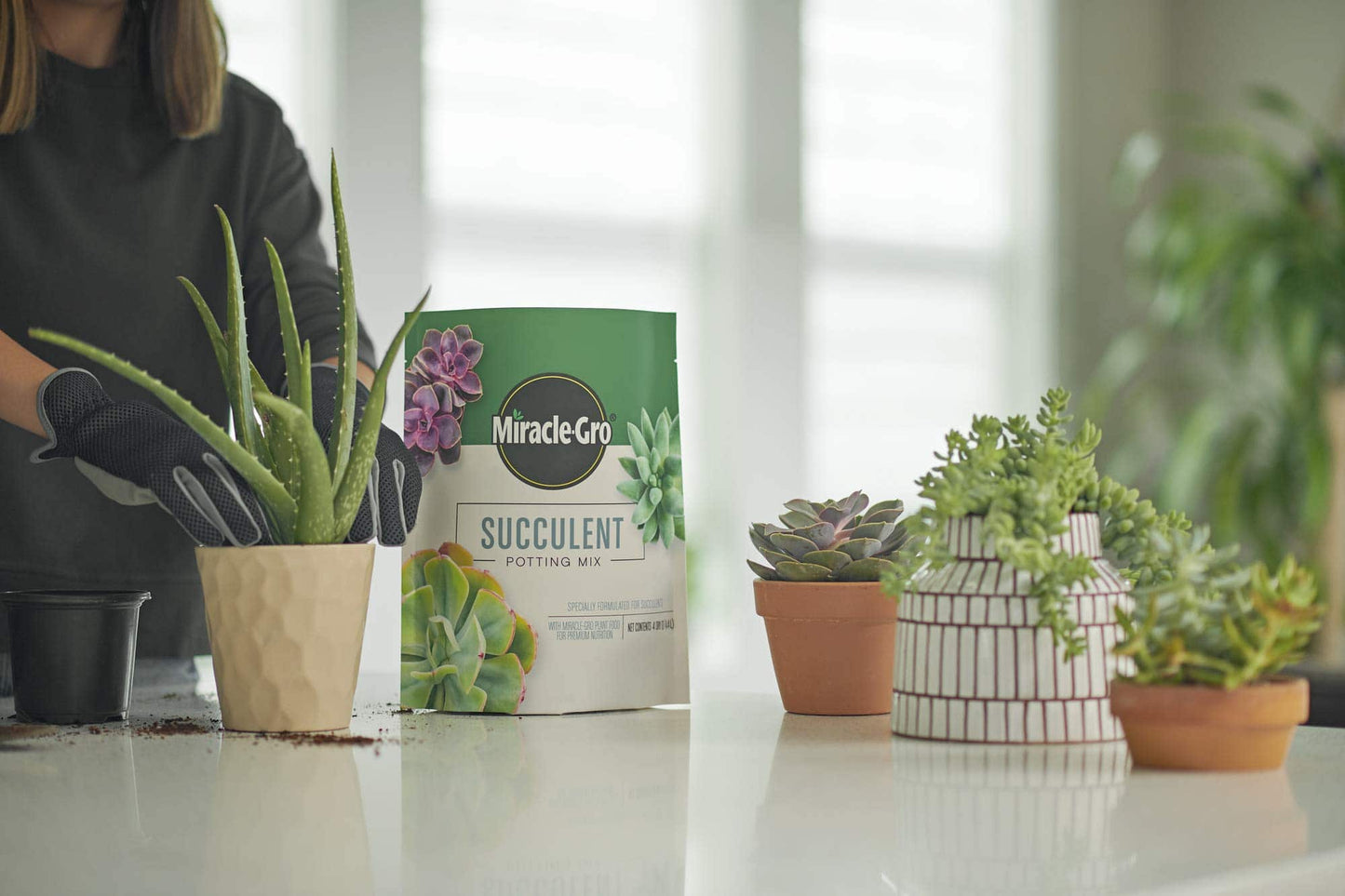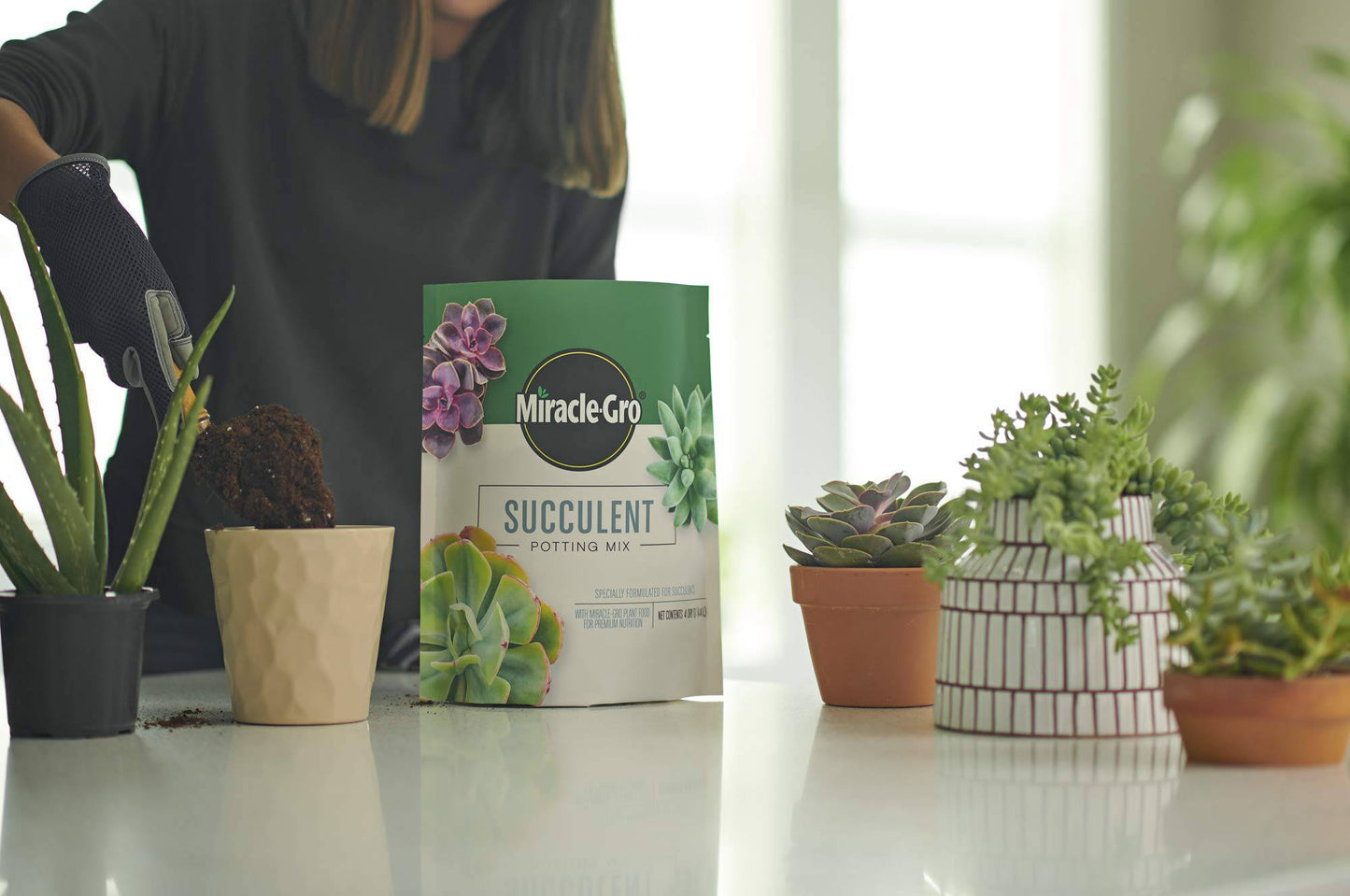Decorating your space with greenery not only brings in freshness but also adds an aesthetic appeal. Succulents and cacti are popular choices for both seasoned plant parents and beginners due to their low maintenance and unique appearances. In this guide, we will explore essential tips and tricks to ensure your succulents and cacti thrive in your care.
The Basics of Succulents and Cacti
Succulents and cacti belong to the same family, but each has specific characteristics. Succulents, like the popular 'Succulent String of Pearls Variegated,' store water in their leaves, stems, or roots, allowing them to survive in arid conditions. Cacti, on the other hand, are a type of succulent known for their spines and unique shapes.
Light and Placement
One of the most crucial aspects of caring for succulents and cacti is providing them with adequate light. Place your plants near a sunny window where they can receive at least six hours of bright, indirect sunlight daily. If you notice that your plant's growth is stretching towards the light, it may need more sun exposure.
Watering Techniques
Unlike regular houseplants, succulents and cacti have unique watering needs. These plants are adapted to survive in dry conditions, so it's essential not to overwater them. Allow the soil to dry out completely between waterings, and always opt for a well-draining potting mix to prevent waterlogging.
Temperature and Humidity
Succulents and cacti prefer warm and dry environments similar to their native habitats. Keep your plants away from drafty areas and ensure proper ventilation to prevent humidity buildup, which can lead to rot. During the winter months, protect your plants from cold drafts to avoid damage.
Fertilizing Tips
While succulents and cacti are relatively low-maintenance, they can benefit from occasional fertilization during their active growing season. Use a balanced, water-soluble fertilizer diluted to half-strength and apply it once a month. Avoid fertilizing during the winter when plants are dormant.
Repotting and Root Care
As your succulents and cacti grow, you may need to repot them to provide more space for their roots. When repotting, inspect the roots for any signs of rot or damage and trim them accordingly. Use a pot that is only slightly larger than the previous one to prevent overwatering.
Common Pests and Problems
While succulents and cacti are hardy plants, they can still face issues like mealybugs, aphids, or root rot. Inspect your plants regularly for signs of pests or diseases, and treat them promptly using natural remedies or insecticidal soap. Overwatering is a common cause of problems, so always err on the side of underwatering.
Pruning and Propagation
Pruning helps maintain the shape and health of your succulents and cacti. Remove any dead or decaying parts of the plant using sterile scissors to prevent the spread of disease. Additionally, succulents are easy to propagate from leaf or stem cuttings, making them a great gift for plant lovers.
Benefits of Hydroponics
For plant parents looking to try something new, hydroponics can be a fascinating way to grow succulents and cacti. Hydroponic systems eliminate the need for soil and can promote faster growth and healthier plants. Consider exploring hydroponic options for your succulent and cacti collection.
Plant Parenting Tips for Success
Being a plant mommy or plant daddy comes with responsibilities, but it is also a rewarding experience. Educate yourself about the specific care requirements of your succulents and cacti, observe them regularly, and don't hesitate to ask questions or seek advice from experienced plant enthusiasts.
The Plantonio 30 Day Guarantee
At Plantonio, we understand the love and dedication you put into caring for your plants. That's why we offer a 30-day guarantee on all our products, including succulents and cacti. Shop with confidence knowing that your plant babies are in good hands.
Conclusion: Green Thumb Goals
Whether you are a seasoned plant enthusiast or just starting your succulent and cacti collection, these tips and tricks will help you nurture your plants with confidence. Remember, each plant has its unique needs, so observe, experiment, and enjoy the journey of plant parenting. Happy growing!


